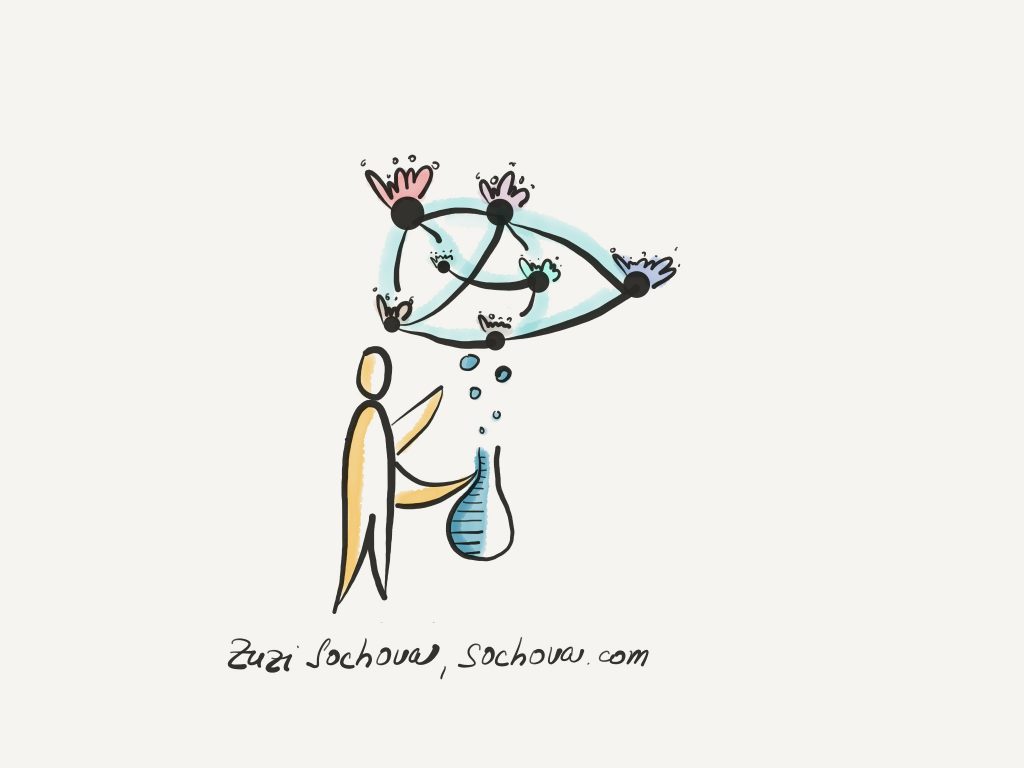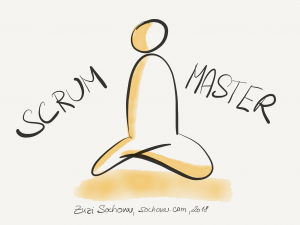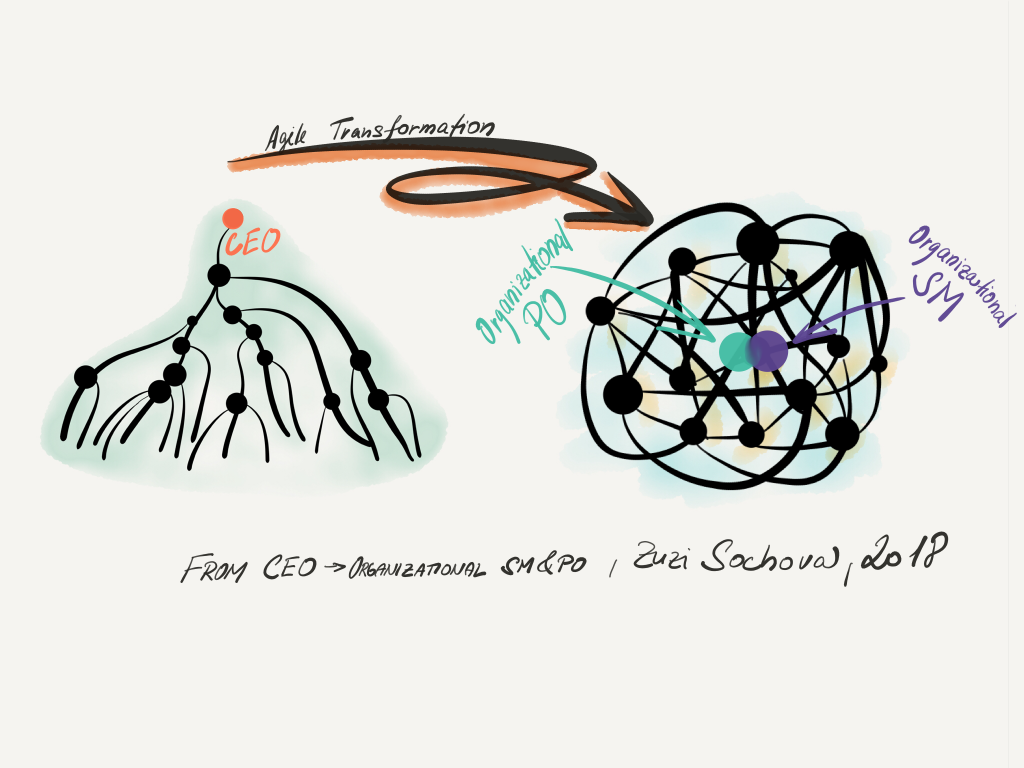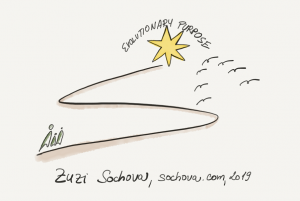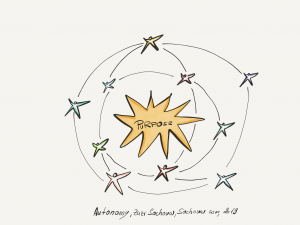 Autonomy is a topic that is in my mind for a while. How come that in some environments it’s so simple to let it grow and some others are so much struggling with it. The more I think about it, the more I feel it’s about trust or fear of losing position, power, or comfort. And environments with no trust are not places where agile is much successful. In order to allow autonomy in even a small group as a development team, the trust must be there. I’ve seen the companies which were struggling to allow teams to choose their own name. “What if they choose something offending?” Like really? Now if you deal with such low trust, there is no way Scrum can work. I’ve seen organizations where they track when people are in the office and have so many restrictions that their computers become useless. “What if they don’t work and play games? Or not coming to work?” Isn’t that funny? The more restrictions you create, the more time people spend on breaking them or the more demotivated they are. Neither will help you to create successful products.
Autonomy is a topic that is in my mind for a while. How come that in some environments it’s so simple to let it grow and some others are so much struggling with it. The more I think about it, the more I feel it’s about trust or fear of losing position, power, or comfort. And environments with no trust are not places where agile is much successful. In order to allow autonomy in even a small group as a development team, the trust must be there. I’ve seen the companies which were struggling to allow teams to choose their own name. “What if they choose something offending?” Like really? Now if you deal with such low trust, there is no way Scrum can work. I’ve seen organizations where they track when people are in the office and have so many restrictions that their computers become useless. “What if they don’t work and play games? Or not coming to work?” Isn’t that funny? The more restrictions you create, the more time people spend on breaking them or the more demotivated they are. Neither will help you to create successful products.
“Trust is prerequisite, transparency enabler, and purpose of the driving force for autonomy.”
Building trust takes time. Start small, don’t be afraid to be vulnerable. Ask yourself what is the worth thing which can happen. Ask what are those people around you scared and how can you help them to feel more confident. The second ingredient in the mix is transparency. Being transparent about what needs to be done, what the success looks like, and what are the things we want to avoid is crucial. People learn by doing. Be transparent with the feedback. Perfection is not useful, it’s all about learning from small failures. Finally, the third ingredient in the mix is a purpose. Autonomy without a purpose only creates chaos. The higher the autonomy, the stronger the purpose needs to be to glue it together. To give everyone the same goal, belonging, identity, the reason for why they are there.
Imagine a kid’s camp. The Red group is defending the castle, the Blues are trying the take it over. Kids are naturally forming small autonomous teams, making their own decisions on the fly. They share information as they move forward. They don’t need any detailed instructions, any KPIs, any manager to give them process. All they have is a strong purpose. Your organization is not any different. Trust is a prerequisite, transparency enabler, and purpose of the driving force for autonomy. Building such an environment requires a portion of agile leadership.

